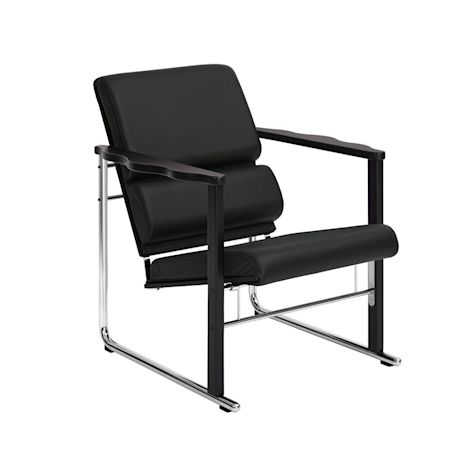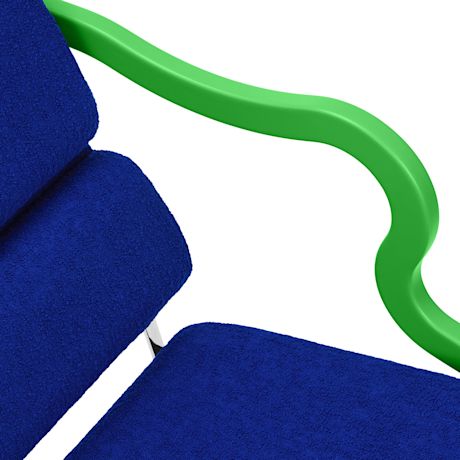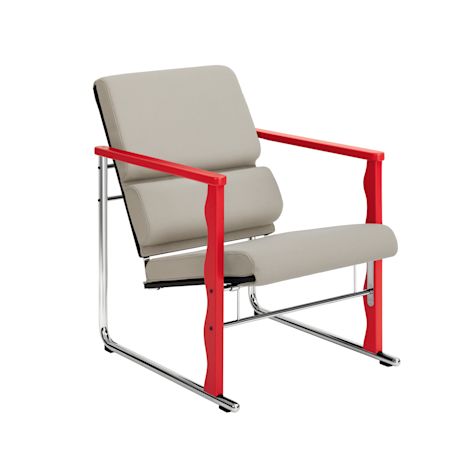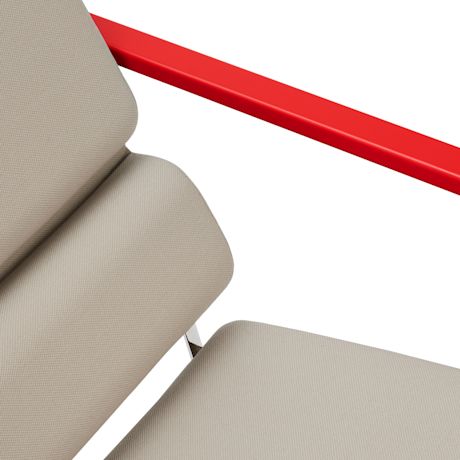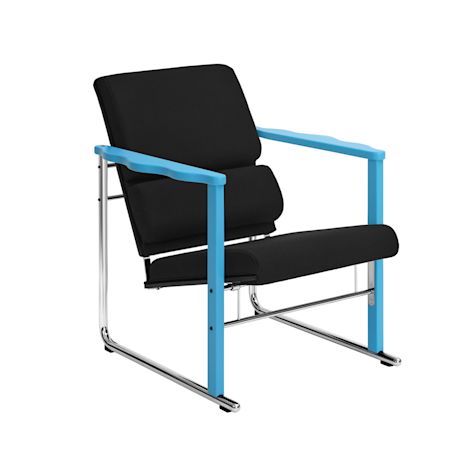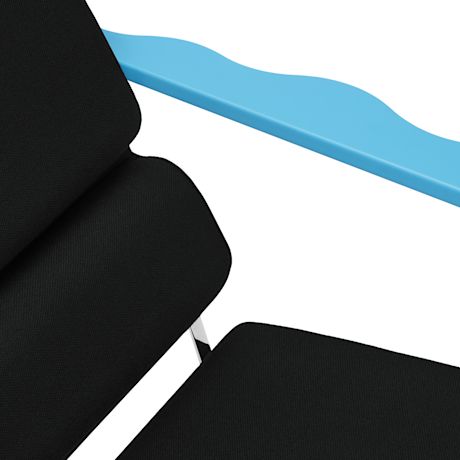In the studio: Yrjö Kukkapuro
Finnish designer Yrjö Kukkapuro has many consequential designs in his long and distinguished career. It has been Hem’s privilege to reintroduce one of them, the Experiment Chair, a true icon of post-modern design. Hem visited Yrjö in his studio, the remarkable backdrop to a life spent at the vanguard of design.
Text Laura Houseley
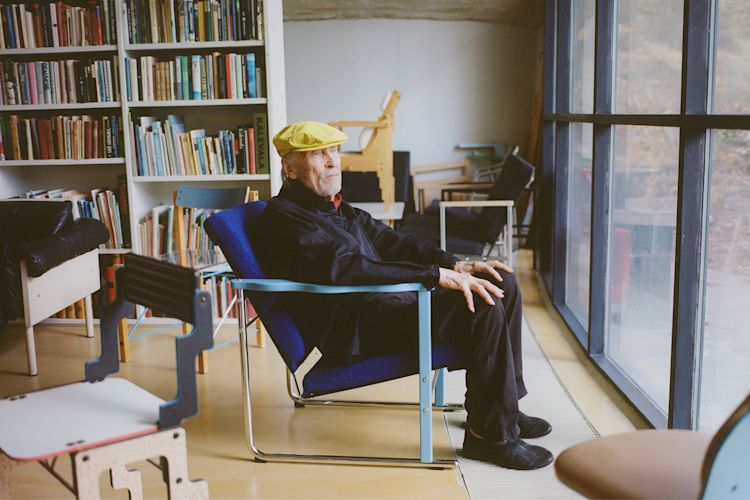
Although now in his nineties, life remains busy for Yrjö Kukkapuro. There are exhibitions to plan, a foundation and museum to establish, and plenty of visitors to entertain. The remarkable Kukkapuro studio in Kauniainen, a small town outside Helsinki, is the setting for this activity. It was built in 1968 as both a workplace and home for Yrjö, his wife Irmeli and their daughter Isa. “It was like moving to another planet,” says Isa, describing her shock at relocating to the experimental building.
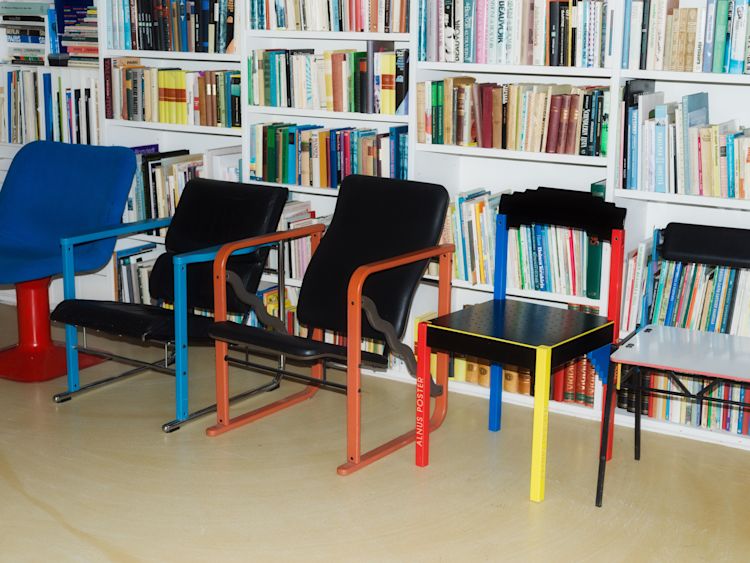
A pilgrimage to the Kukkapuro studio means experiencing not only the extraordinary architecture but also the extensive back catalog stored there. There is an evolutionary thread through all of Yrjö’s work, with one design often informing the next. The Experiment chair, designed in 1982, has elements adapted from earlier functionalist chairs. Several iterations, some shown here, were made before the distinctive design was settled on.
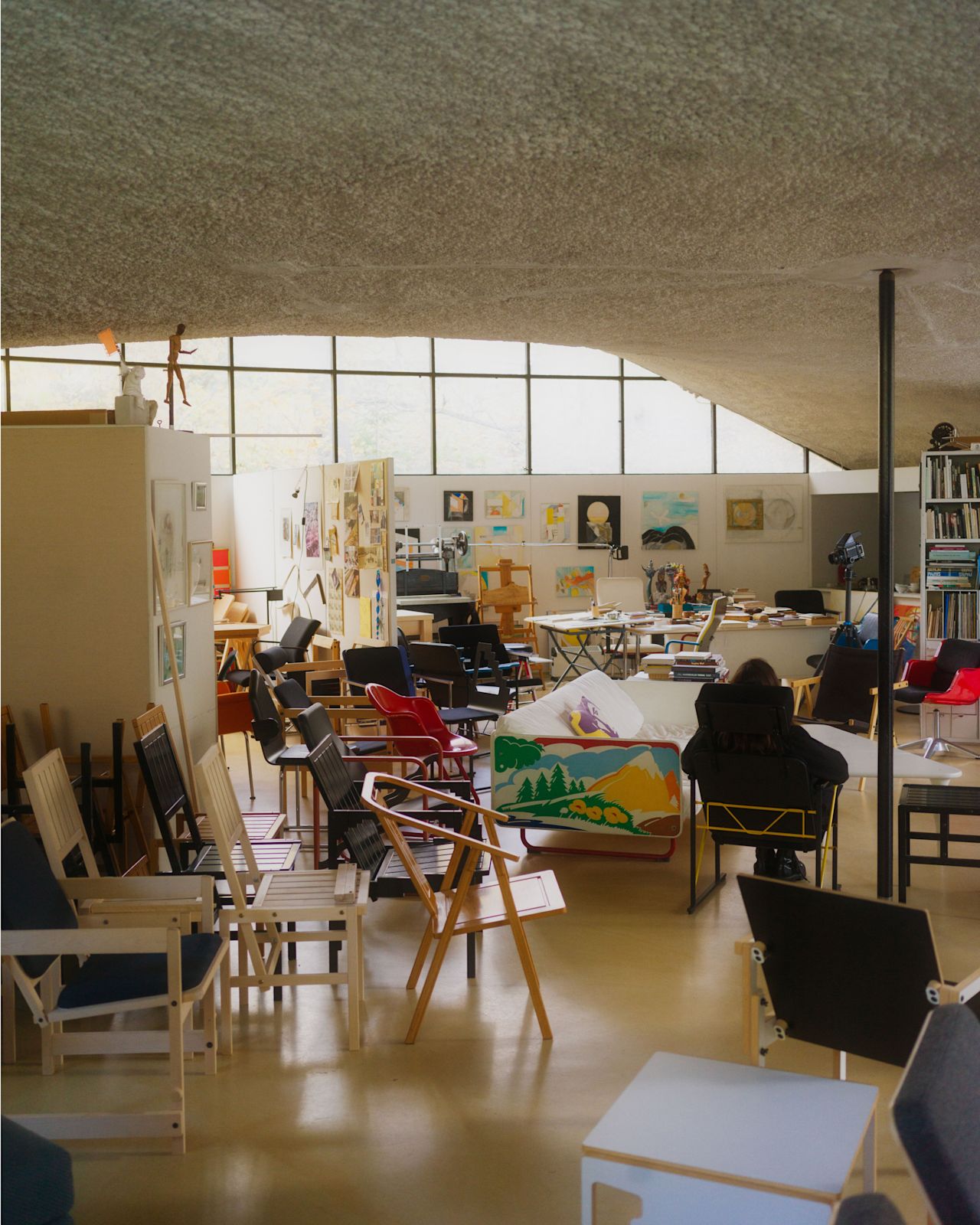
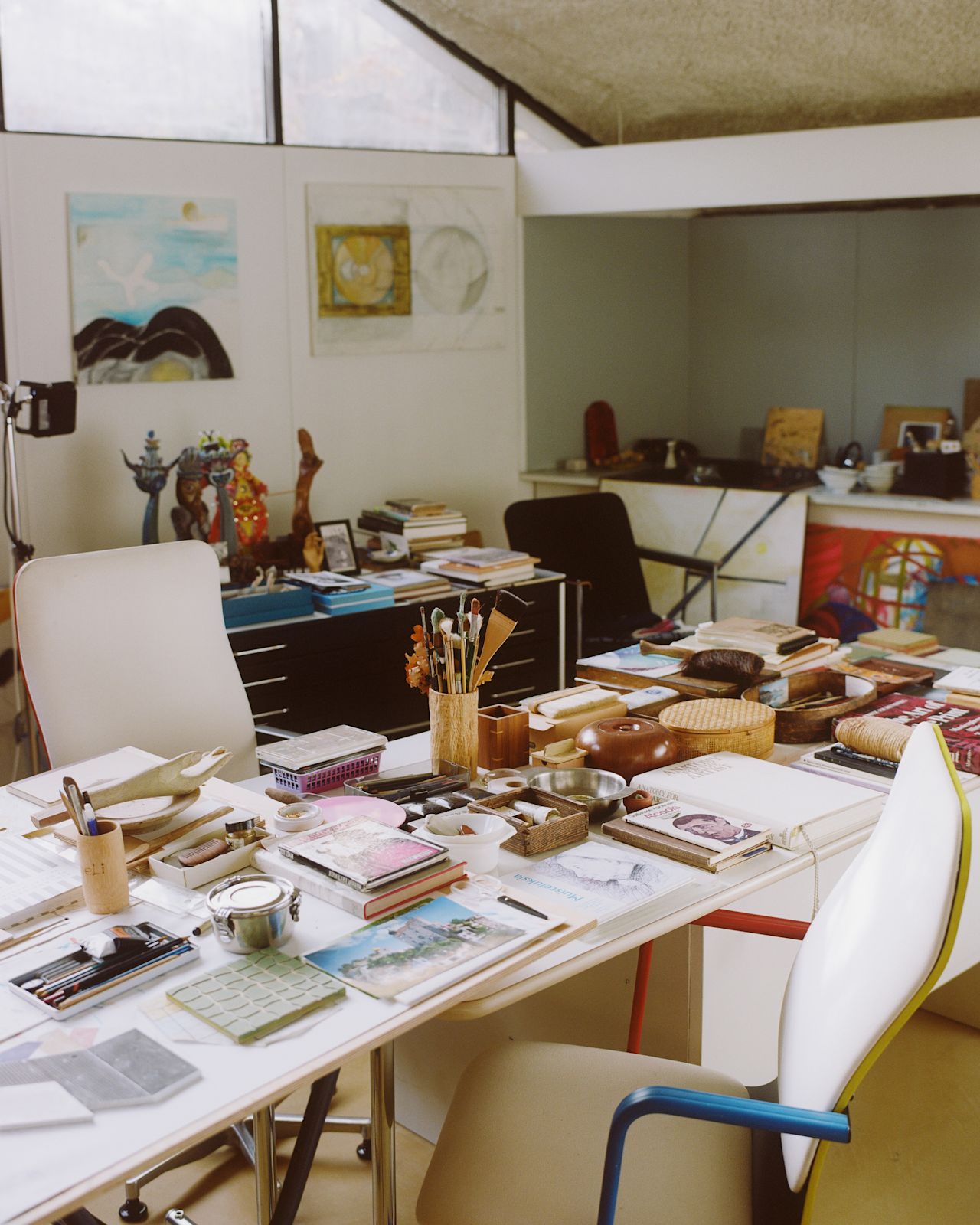
The studio was also the workplace of Irmeli, a graphic artist. The Kukkapuro’s worked side by side. There are shelves filled with found objects, inspirations, photographs, and prints tacked to the walls. Elsewhere, the extent of Yrjö’s prolific output is easily observed; Chair designs such as the Karuselli, Saturnus, Sirkus and Tattoo fill the space. “A personal artistic universe was always important for both spouses; it was an immediate extension of memory,” says Isa in her biography ‘The Blue Door’.
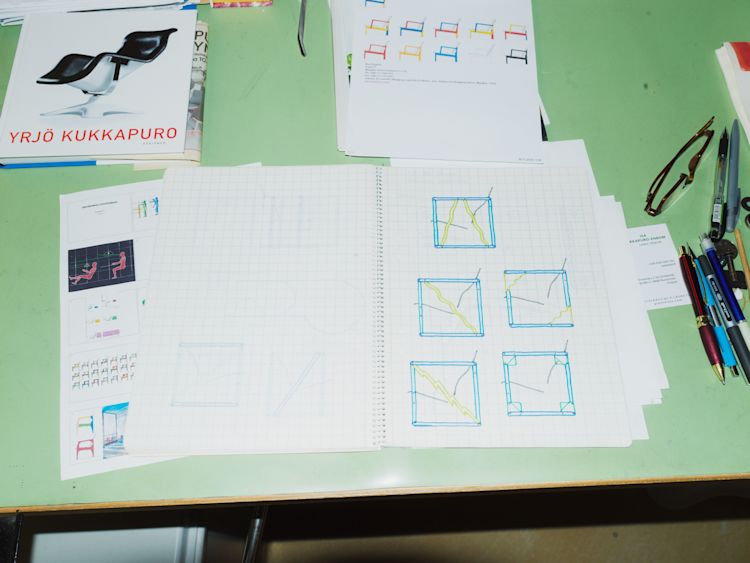
In the summer of 1982, Yrjö dedicated himself to exploring a new design language and suffered what he called a ‘postmodernist explosion’. From a profusion of ideas came an experimental collection that combined the rigor of the past decade with a novel visual expression. The goal was to bring art and design closer together. Although he preferred model-making to sketching, Yrjö took up his Prisma sketchbook and favored Pentel 0.5mm pen and “Like a medium doing automatic drawing, he poured his sketches out on paper.”
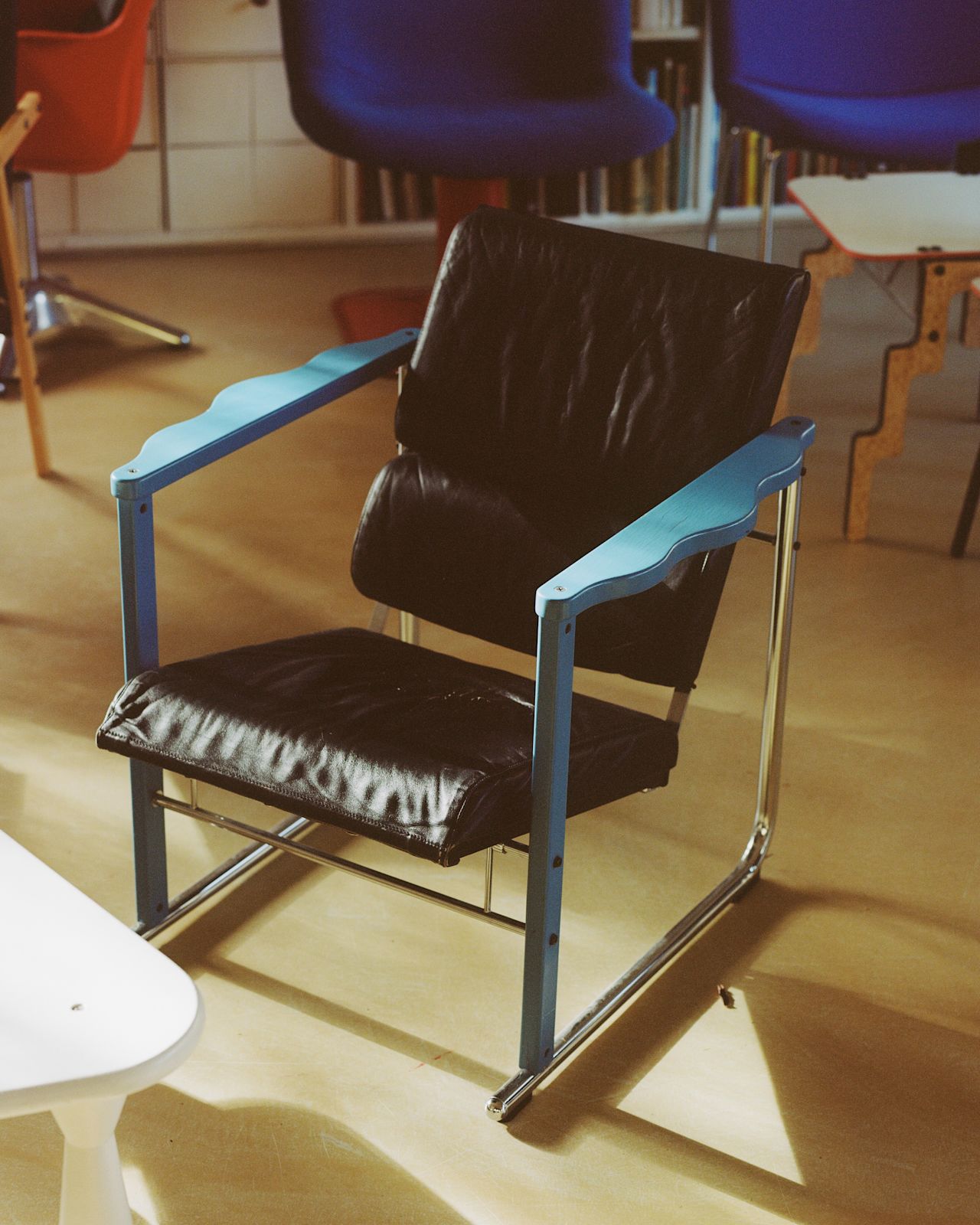
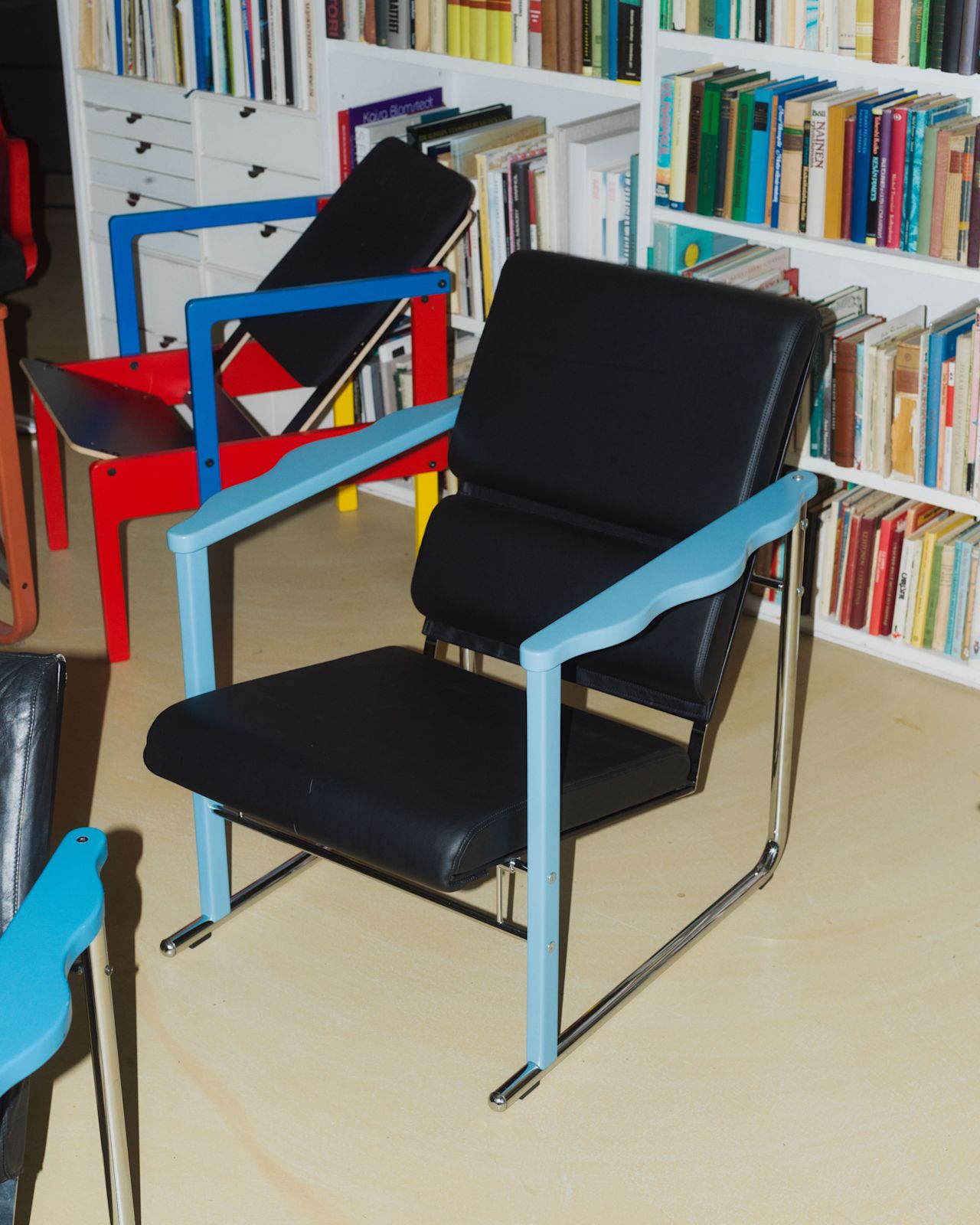
The result was “an unfussy, soft, universal chair with colorful armrest elements." Yrjö has spoken of his surprise that the unconventional chair was embraced enthusiastically; it soon became a feature of public buildings across the Nordic region and manufacturer Avarte achieved their targets many times over. Production eventually ceased in 1994 and the Experiment chair became a relic of the post-modern period. Hem’s reintroduction of Experiment, shown on the right, is faithful to the original design except for minor adjustments to scale and construction.
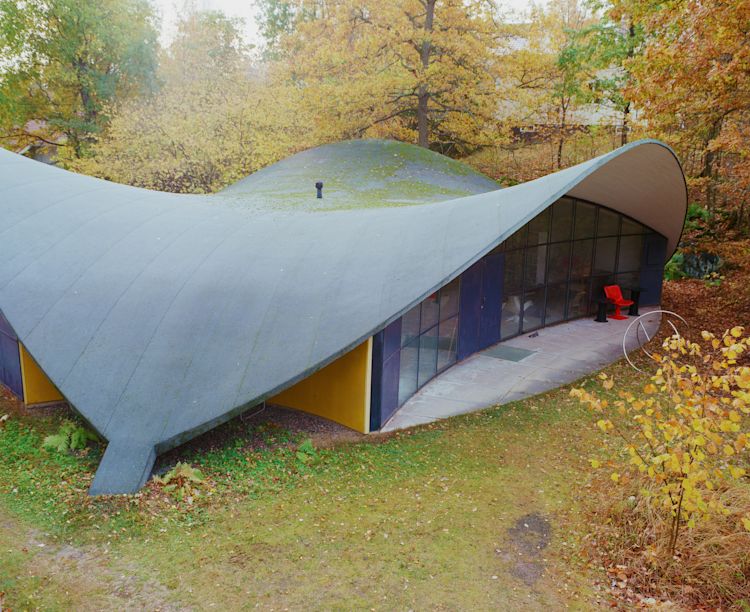
The Kukkapuro studio is an enduring testament to Kukkapuro’s innovation and daring as a designer. It combined Kukkapuro’s dreams of a fiberglass roof with close friend and engineer Eero Paloheimo’s ambitions to test concrete structures. The hyperbolic paraboloid roof was cast on-site and supported at just three points. Today, just like the Experiment Chair, the Kukkapuro studio feels as courageous in its design as it did when first constructed. A space or a chair so fresh, bold, and challenging can hardly be called historical.
